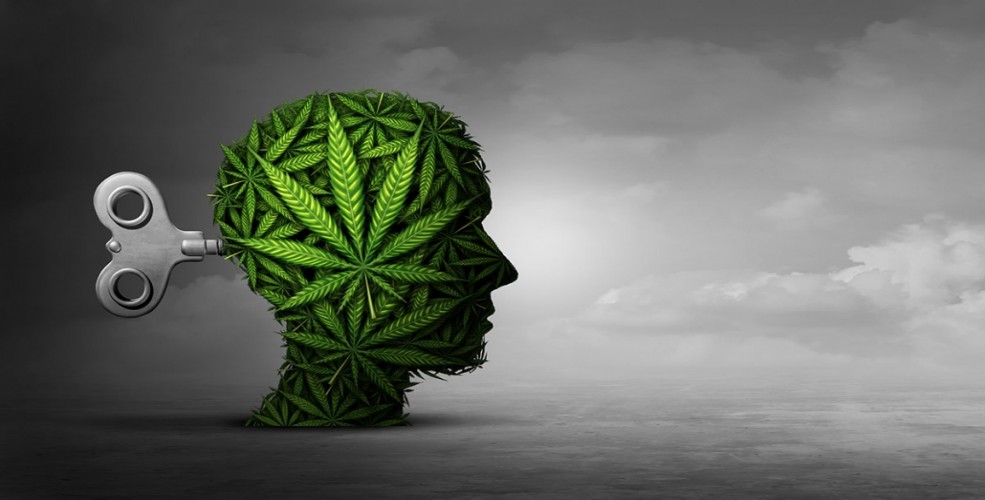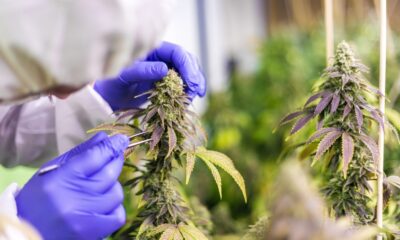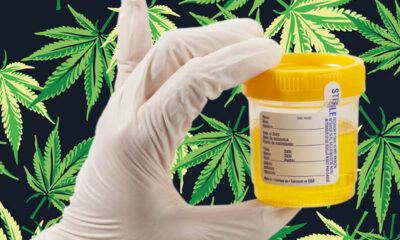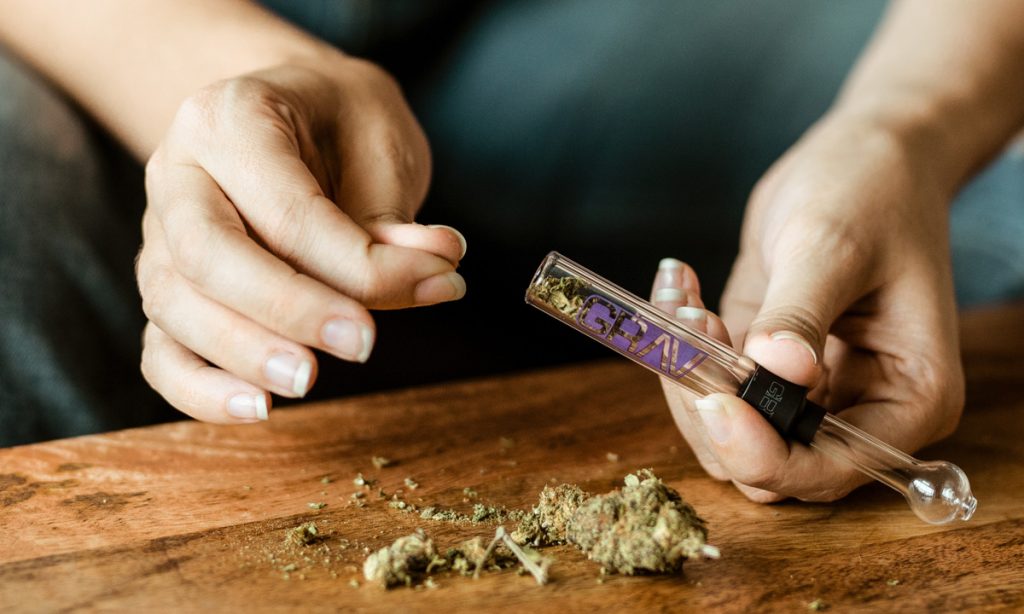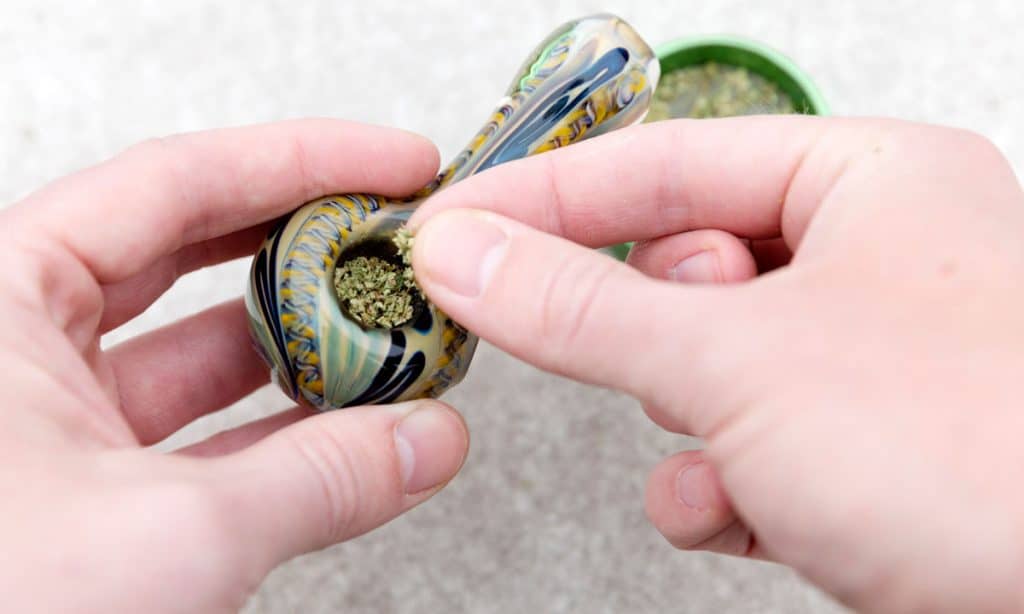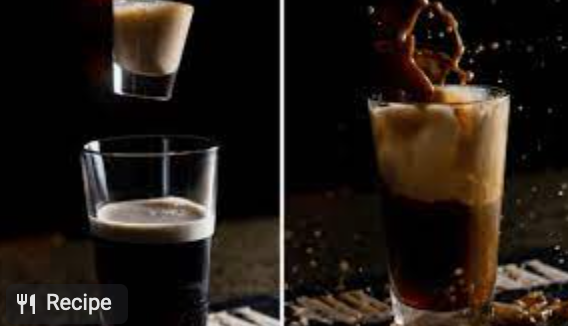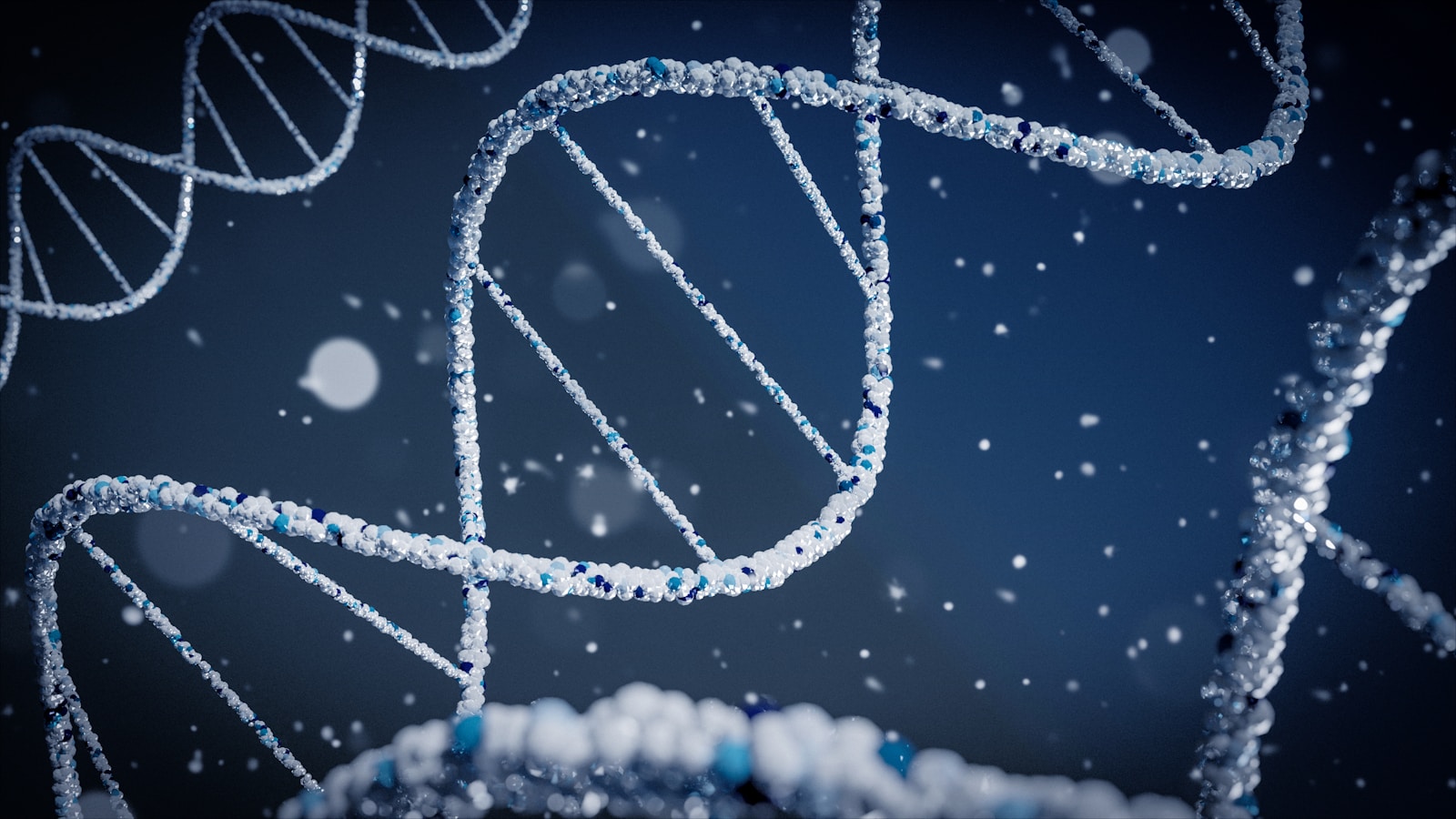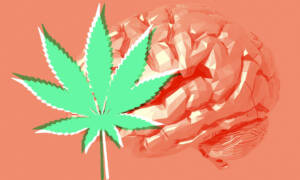What are three myths about cannabis use disorder? Arguably, the entire concept is a myth. Regardless, the US has an ICD-10 code for cannabis disorder. As well as a cannabis ICD 20 code. Although none of these accurately describes the myth.
For that, we turn to the DSM-5’s definition of cannabis use disorder. They list twelve points that suggest chronic cannabis use or daily cannabis use is considered a “disorder.”
Some of these cannabis use disorder symptoms include:
- A persistent desire or unsuccessful efforts to cut down or control cannabis use.
- Craving, or a strong desire or urge to use cannabis.
- Experiencing cannabis withdrawal
There’s more, but the common thread is involuntary behaviour. Cannabis use disorder, or any addiction, is characterized by this belief that we’re not choosing to consume but are compelled to and can’t stop.
Now, we’re not denying that some people feel this way. Maybe you wish you could cut back to weekends only, but the thought of moderating cannabis is too daunting. Laughable, really.
Unfortunately, politicians and public health busybodies are no help. Rehabilitation and treatment centers often do more harm than good.
And while three myths about cannabis disorder may not seem like a huge deal, when it comes to the opioid crisis, these myths are killing people.
For we can apply these three myths of cannabis use disorder to any drug that produces a high. We do not deny that you may feel compelled to use substances despite adverse consequences. But by exposing these three myths, you can cut through public health BS and decide for yourself.
Cannabis Use Disorder Myth #1: Loss of Control
Addiction and recovery ideology is a lot like banking. When you go to the bank, you’re not depositing your money. You’re loaning it to the bank.
Most people have no idea what fractional reserve banking is. If they understood how the Federal Reserve’s “open market operations” have led to massive inflation, we’d have a revolution by tomorrow morning.
Or take modern race relations. Martin Luther King’s belief that we’d treat each other as individuals has been turned upside down. Now we’re members of an identity group first and individuals second (if at all).
But race is a social construct. Biologically speaking, we’re all homo sapiens. Our skin color is determined by how close our ancestors were to the equator.
Likewise, addiction is a social construct. “Addiction experts” speak of a loss of control regarding drug use. The idea is once you pop, the fun can’t stop.
If you smoke one joint, then you’ll gonna have two. And why the hell not? Make it three.
Perhaps this myth of cannabis use disorder needs no debunking. But almost everyone believes that a former problem drinker can never drink again. And likewise, how many former cannabis consumers are afraid to touch the herb less they become “re-addicted?”
Of course, several laboratory experiments have never found proof of this myth. Even hardcore opioid addicts will reduce or save doses when the supply is low. Being able to economize your drugs is not part of the “disorder” paradigm.
The fact is: there is no loss of control because people are making choices to use substances based on their internal (and subjective) value scales.
Cannabis Use Disorder Myth #2: Hijacking the Brain
Another myth of cannabis use disorder is that cravings or a “desire to use” cannabis happens outside you. As if it were an external force compelling you to behave.
We’ve covered this topic before. There is no “hijacking” of the brain. Even drugs like cocaine that alter the mesolimbic pathway aren’t inherently “addictive.”
Eating increases dopamine. Food alters the mesolimbic pathway — especially high-fat diets. Maybe next, we’ll hear about “Keto Diet Disorder” in an attempt for public health to further demonize red meat and salt.
But don’t take our word for it. Here’s the conclusion of one scientific researcher:
There are no published studies that establish a causal link between drug-induced neural adaptions and compulsive drug use or even a correlation between drug-induced neural changes and an increase in preference for an addictive drug.
The brain disease model of addiction is completely bunk. Like the last of the nutritionists holding onto the “low-fat processed food is good you” trend, the researchers supporting the brain-disease model are a dying breed. The facts do not support their ideology.
The brain changes that “cause” addiction occurs when you form habits. No one feels compelled to play the guitar. But if you practice long enough, the neural changes will make chord progressions and soloing much easier.
Cannabis Use Disorder Myth #3: Cannabis Withdrawal
What is considered heavy cannabis use? Apparently, experiencing withdrawals. According to the DSM-5,
Withdrawal, as manifested by either (1) the characteristic withdrawal syndrome for cannabis or (2) cannabis is taken to relieve or avoid withdrawal symptoms.
It does not follow that experiencing withdrawal means you have “cannabis use disorder.”
Throughout history, withdrawals have been considered a sickness in response to your body excreting the drug. That is, technically, all that a withdrawal is.
An alcohol hangover is a withdrawal of ethanol. Suppose you go on a one-time bender and experience the consequences the following day. Are you, therefore, now an alcoholic? Will you be compelled to drink more to starve off the hangover?
You don’t even have to show withdrawal symptoms to feel addicted. What are the withdrawals from problematic gambling or sex? Boredom?
Almost everyone drinks coffee in the morning to avoid caffeine withdrawal. Do we have caffeine use disorder?
But What About the Pleasure Spots in the Brain?
These three myths of cannabis use disorder aren’t myths at all, we hear some of you say. Drugs aren’t like food; drugs hit the pleasure spot (or reward circuit) in the brain. That’s why you get addicted.
According to the critic, cannabis use disorder may be milder compared to opioid use disorder, but it’s a serious disease nevertheless.
But pleasure is subjective. Consider an activity that hits the brain’s pleasure spots: listening to music.
Researchers have recorded brain scans of people listening to music. They concluded,
We have shown here that music recruits neural systems of reward and emotion similar to those known to respond specifically to biologically relevant stimuli, such as food and sex, and those that are artificially activated by drugs of abuse. This is quite remarkable, because music is neither strictly necessary for biological survival or reproduction, nor is it a pharmacological substance.
Music consists of sound waves travelling through the air. Nothing is going into your body. Yet, who hasn’t had moments of intense pleasure and reward from listening to their favourite song?
Cannabis use disorder symptoms are based on ideology, not science.
Suppose you see yourself in some of the DSM-5’s definitions of cannabis use disorder. You’d be better off reading our previous posts on this subject than paying big bucks to a psychiatrist who will misdiagnose you.
Cannabis use disorder is a myth. Like all addiction and treatment ideology, it’s a social construct. It exists only in people’s minds. It has no basis in objective reality.

 Cannabis News1 year ago
Cannabis News1 year ago
 One-Hit Wonders1 year ago
One-Hit Wonders1 year ago
 drug testing4 months ago
drug testing4 months ago
 Cannabis 1011 year ago
Cannabis 1011 year ago
 Marijuana Business Daily1 year ago
Marijuana Business Daily1 year ago
 Education1 year ago
Education1 year ago
 Education1 year ago
Education1 year ago
 Cannabis1 year ago
Cannabis1 year ago


